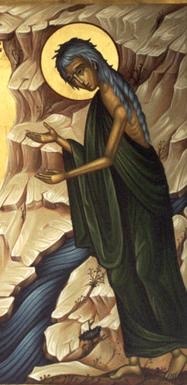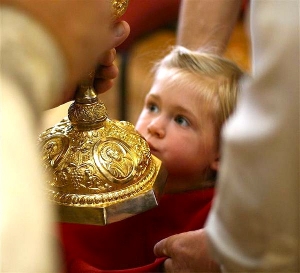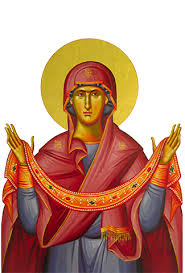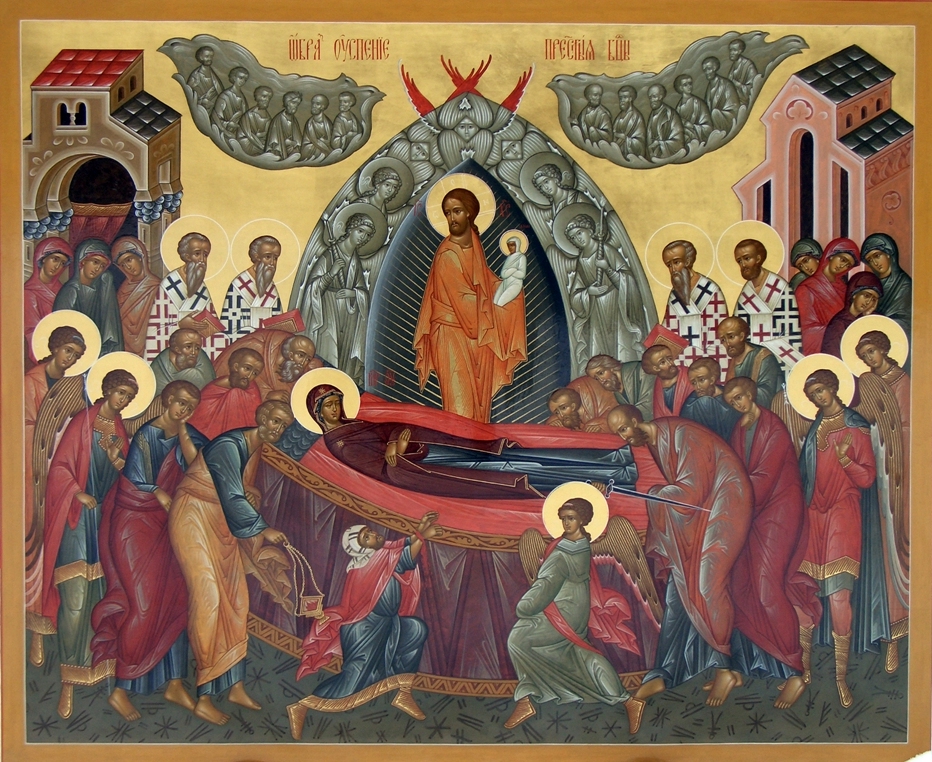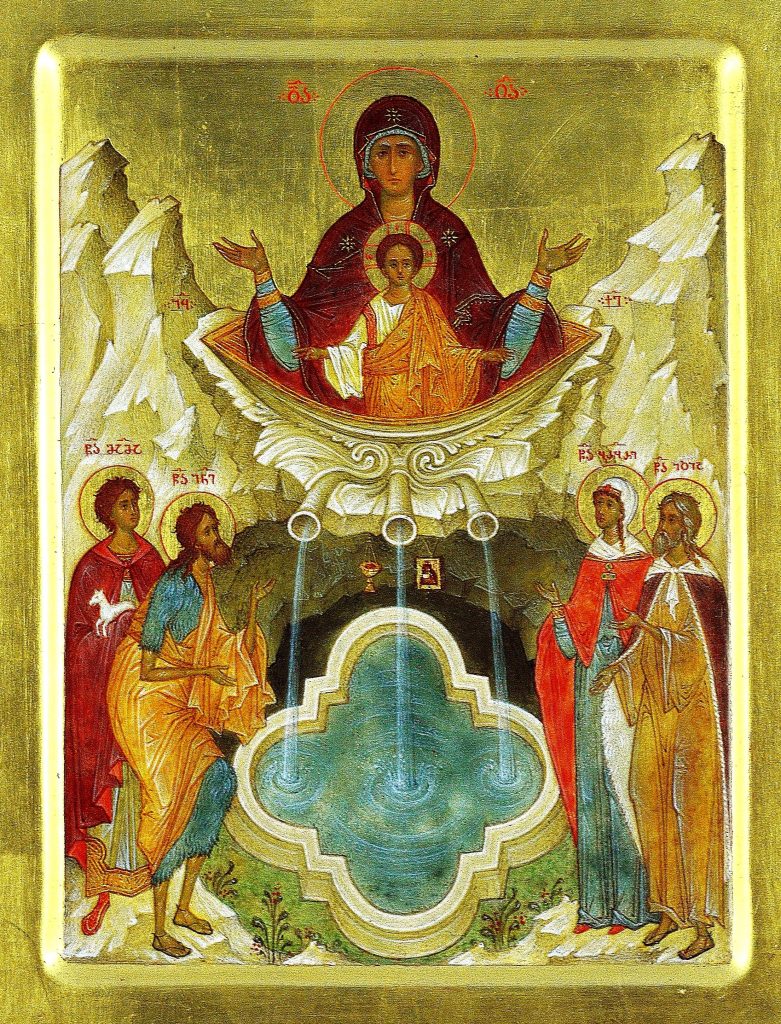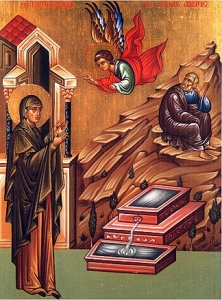
The Expectant Theotokos
We have a neighbour who is expecting her new baby on December 23rd. Last weekend, I saw her in her yard and asked how she was doing, she said she was a little uncomfortable, but was great and they were preparing for the new baby. This brief encounter started me thinking. What must have the Theotokos been thinking during this time in her life? We celebrate the Annunciation in March then, we don’t think often about the Theotokos during her entire pregnancy, until we start to prepare for the Nativity. Yes, there are other events that we commemorate in the liturgical calendar between March and December, but they are marking different times in Mary’s life. What about the nine months that she carried the Christ child? We know of only one incident; Mary’s visit to her cousin Elizabeth (Luke 1, 39 – 56). Out of that visit, we are given one of the most beautiful glimpses of Mary in the entire Bible. The Magnificat, the Song of Mary. During this visit, this canticle is an expression of the love Mary (and the Church) for Christ. Throughout the ages, Christians have expressed this love in prayer, hymn and music.
Μεγαλύνει ἡ ψυχή μου τὸν Κύριον
καὶ ἠγαλλίασεν τὸ πνεῦμά μου ἐπὶ τῷ Θεῷ τῷ σωτῆρί μου,
ὅτι ἐπέβλεψεν ἐπὶ τὴν ταπείνωσιν τῆς δούλης αυτοῦ.
ἰδού γὰρ ἀπὸ τοῦ νῦν μακαριοῦσίν με πᾶσαι αἱ γενεαί,
ὅτι ἐποίησέν μοι μεγάλα ὁ δυνατός,
καὶ ἅγιον τὸ ὄνομα αὐτοῦ,
καὶ τὸ ἔλεος αὐτοῦ εἰς γενεὰς καὶ γενεὰς
τοῖς φοβουμένοις αυτόν.
Ἐποίησεν κράτος ἐν βραχίονι αὐτοῦ,
διεσκόρπισεν ὑπερηφάνους διανοίᾳ καρδίας αὐτῶν·
καθεῖλεν δυνάστας ἀπὸ θρόνων
καὶ ὕψωσεν ταπεινούς,
πεινῶντας ἐνέπλησεν ἀγαθῶν
καὶ πλουτοῦντας ἐξαπέστειλεν κενούς.
ἀντελάβετο Ἰσραὴλ παιδὸς αὐτοῦ,
μνησθῆναι ἐλέους,
καθὼς ἐλάλησεν πρὸς τοὺς πατέρας ἡμῶν
τῷ Αβραὰμ καὶ τῷ σπέρματι αὐτοῦ εἰς τὸν αἰῶνα
______________________________________________________________________________________________________
My soul magnifies the Lord,
and my spirit rejoices in God my Savior;
For he has regarded the lowliness of his handmaiden.
For behold, from this day all generations will call me blessed;
For the mighty one has done great things to me, and holy is his name.
And his mercy is on those who fear him from generation to generation.
He has shown strength with his arm;
He has scattered the proud in the imagination of their hearts;
He has cast down the mighty from their thrones and has exalted the holy;
He has filled the hungry with good things,
and the rich he has sent empty away.
He has helped his servant Israel,
in remembrance of his mercy,
as he spoke to our fathers,
to Abraham and to his seed forever.
Even though the number of times we encounter the expectant Virgin are very rare; our humble reaction should echo Elizabeth’s exclamation. “Blessed are you among women, and blessed is the fruit of your womb! ]]>
